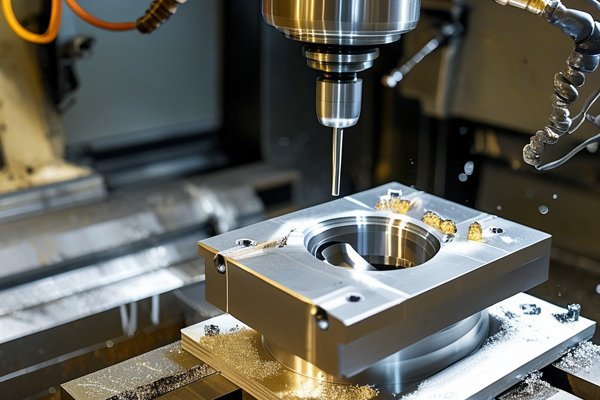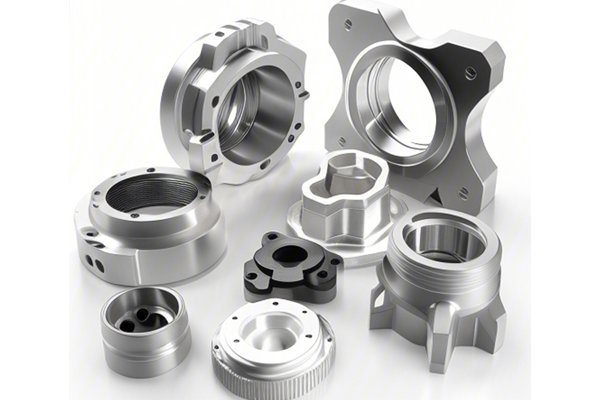Opening
Did you know that the choice of steel used in CNC turning processes can dramatically affect production efficiency and final part quality? With the world of manufacturing evolving rapidly, understanding the nuances between different materials is more crucial than ever for engineers and manufacturers alike. In this blog, we will delve into one of the key comparisons in metal machining: the differences in processing difficulty between CNC turning of 1045 steel and 1050 steel.
The Basics of CNC Turning
CNC (Computer Numerical Control) turning is a highly efficient machining process that involves rotating a workpiece against a cutting tool. This process enables manufacturers to create precise cylindrical parts with complicated geometries. The choice of material, in this case, steel, significantly influences various aspects, including tool wear, cutting speed, feed rates, and ultimately the overall cost-effectiveness of production.
Identifying the Materials: 1045 Steel vs. 1050 Steel
Chemical and Mechanical Properties:
Understanding these differences is paramount for manufacturers aiming to optimize production.
Processing Difficulty Overview
CNC turning of 1045 and 1050 steels presents unique challenges, each stemming primarily from their respective mechanical properties.
Tool Selection:
Choosing the right carbide tools is critical. Since 1050 steel is harder, the life expectancy of tools will typically be shorter when machining this material compared to 1045 steel. This necessitates:
Machining Parameters:

Heat Treatment Considerations
Heat treatment processes, including quenching and tempering, can influence how each type of steel behaves during CNC turning. For instance:
Challenges and Troubleshooting
Each type of steel carries its unique challenges. For instance, when machining 1050 steel:
Solutions:
Cost Implications
Though both materials can be machined efficiently, the cost implications diverge significantly:
Environmental Considerations
Beyond direct processing implications, the environmental impact of choosing one steel over the other is increasingly relevant. It’s critical to consider energy usage, recycling potential of the materials, and the ecological footprint of associated machining processes.
In summary, the CNC turning of 1045 steel and 1050 steel presents different challenges and advantages. This comprehensively outlined assessment points out the importance of selecting the right material based on application-specific requirements. A detailed understanding of material characteristics, machining considerations, and associated costs is vital in manufacturing engineering.
As we progress further into the future of machining, the ability to effectively choose and process materials will set successful manufacturers apart from the competition. Equip yourself with this knowledge; it will undoubtedly influence your strategies for production efficiency, cost-effectiveness, and ultimately, your bottom line.
We hope this blog gives you the insights needed to make informed decisions in your CNC turning projects. The implications of your materials choice resonate far beyond the workshop—affecting delivery schedules, product quality, and customer satisfaction. So, next time you ponder which steel to use, remember: informed decisions lead to superior outcomes.






